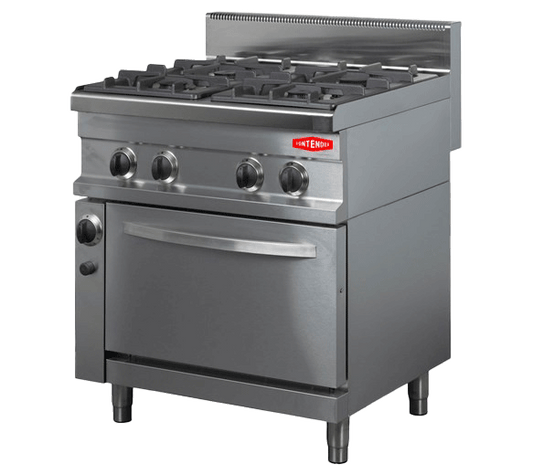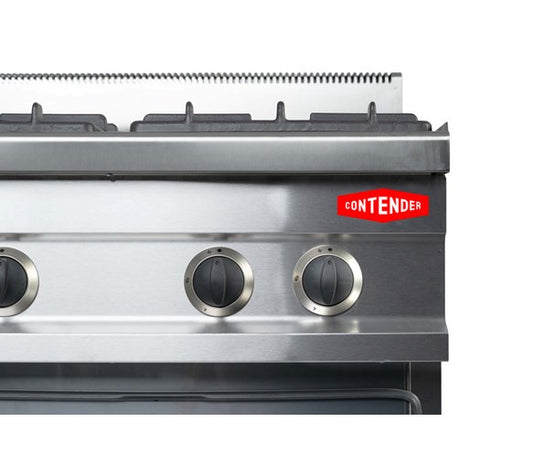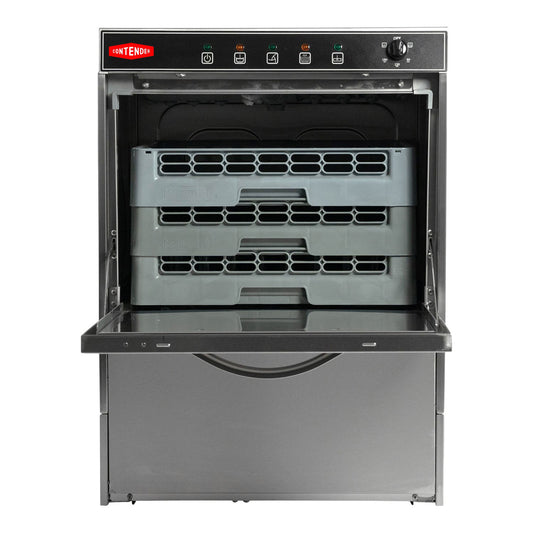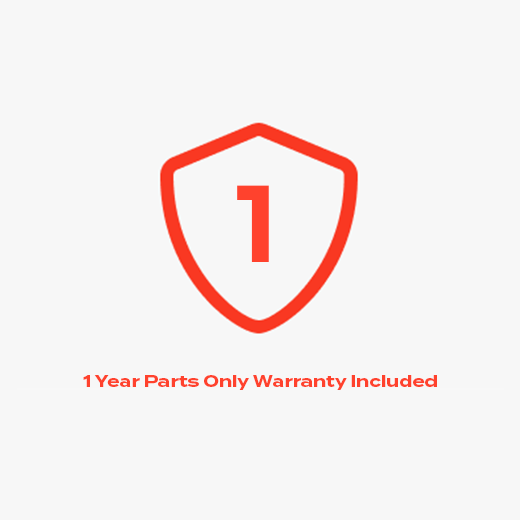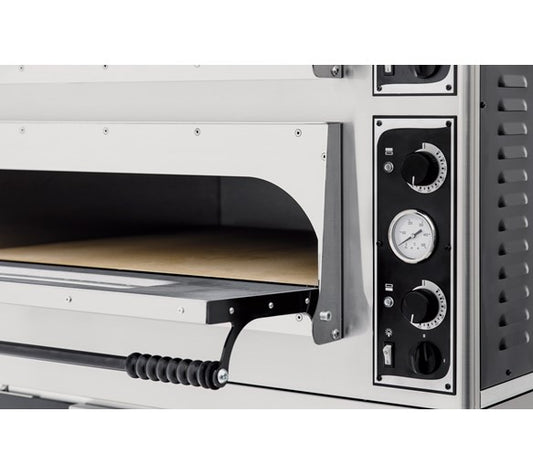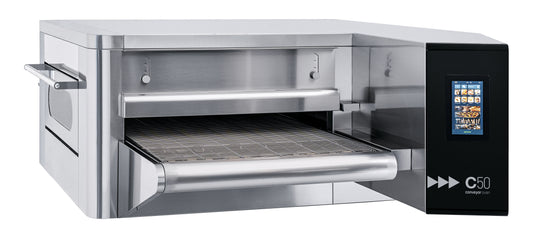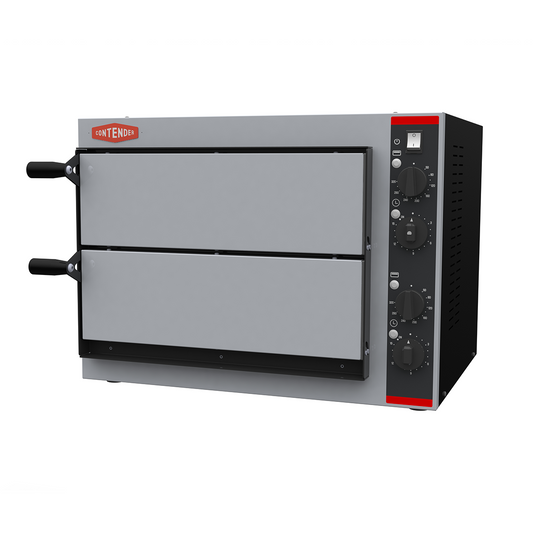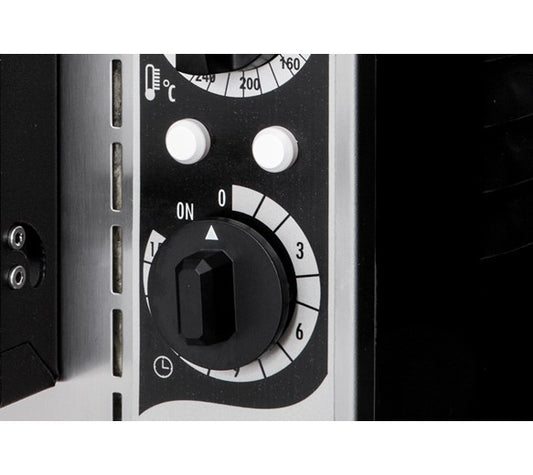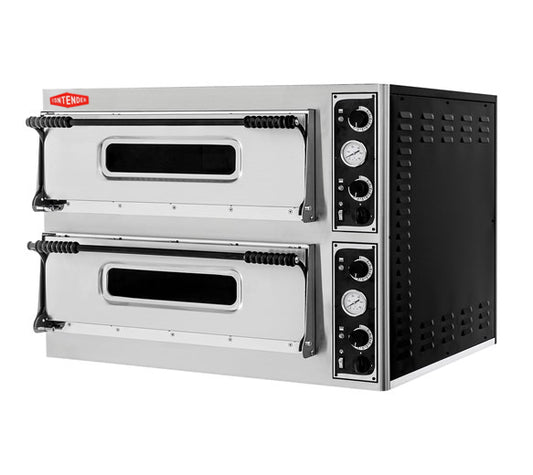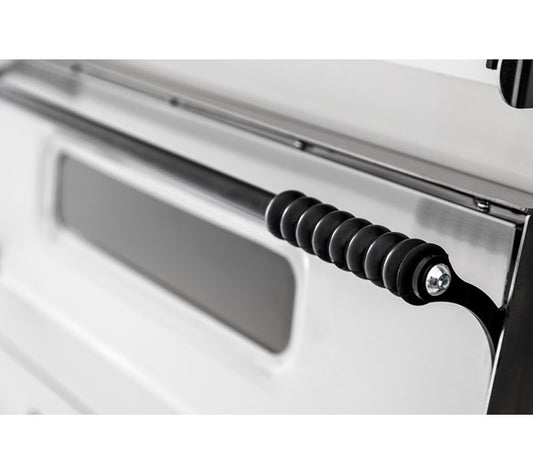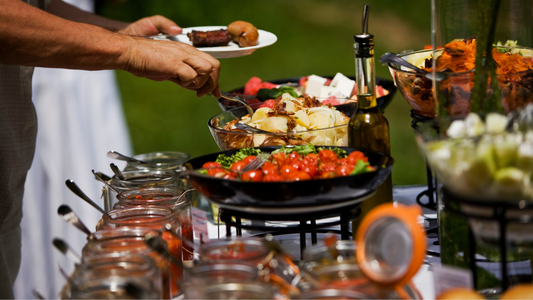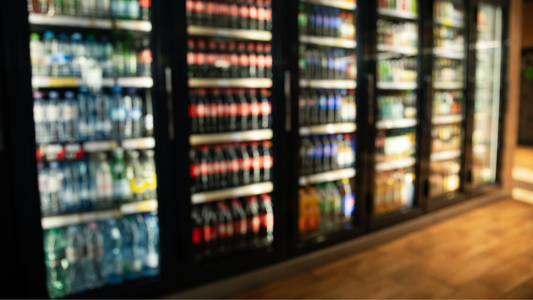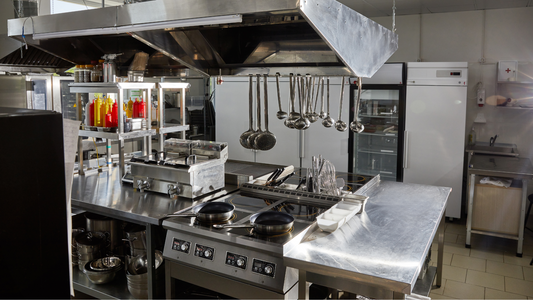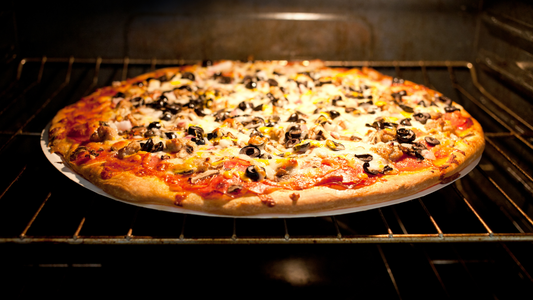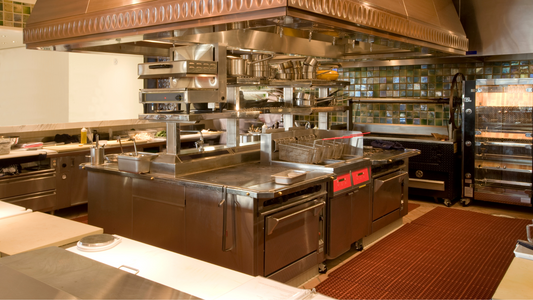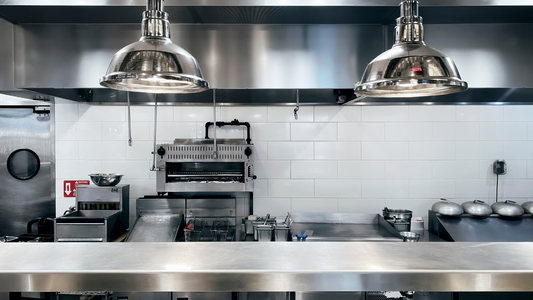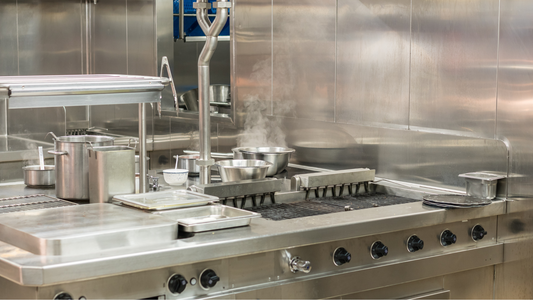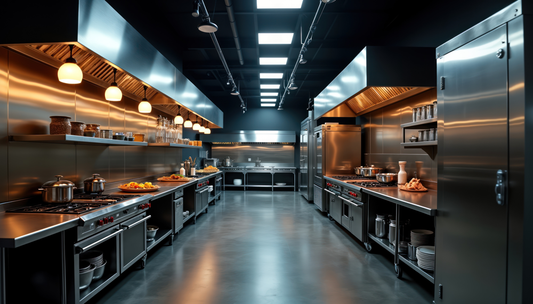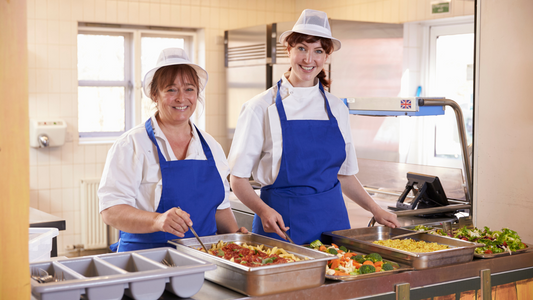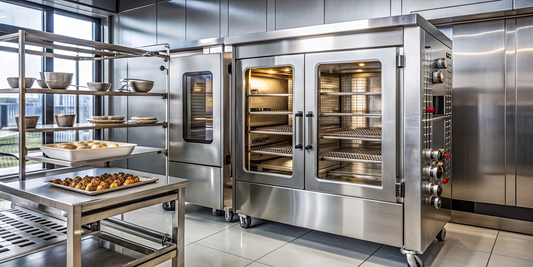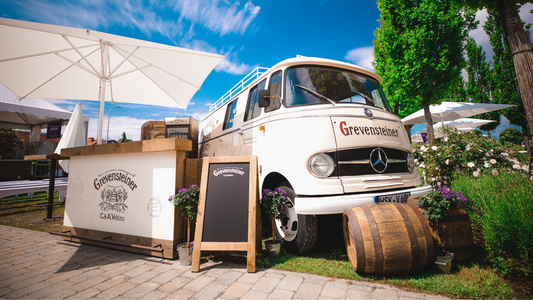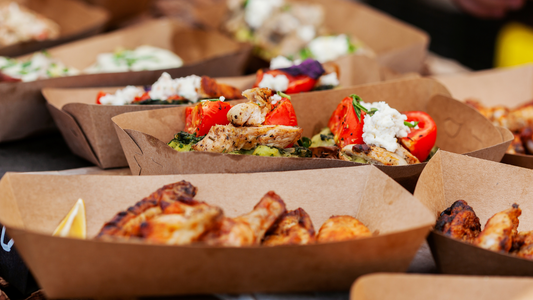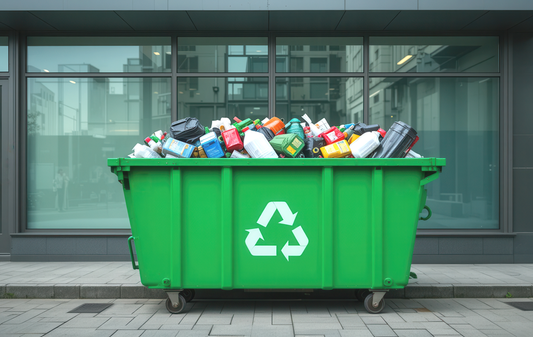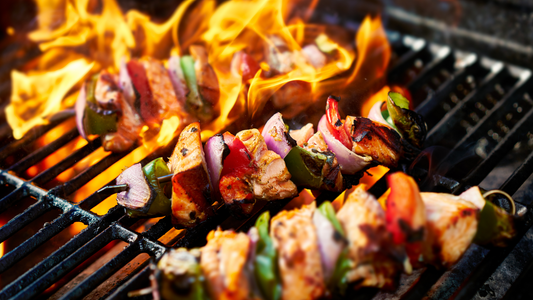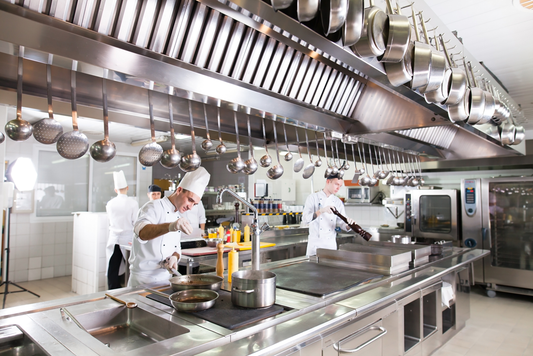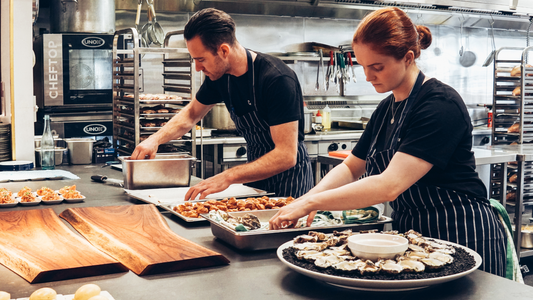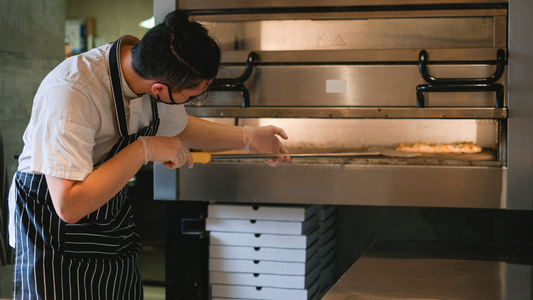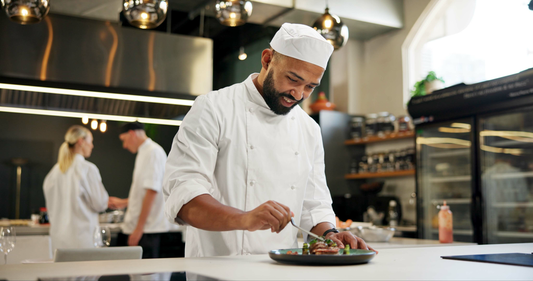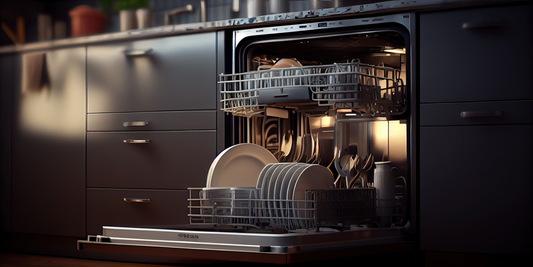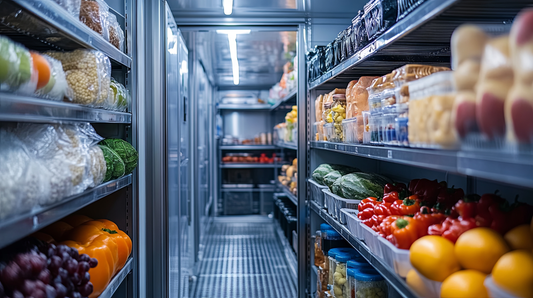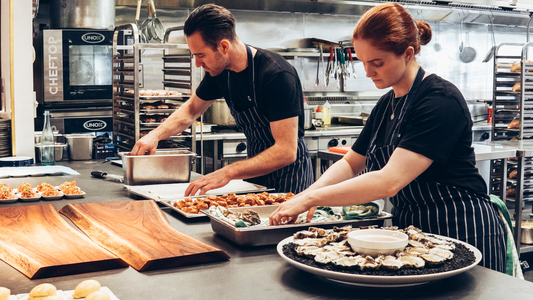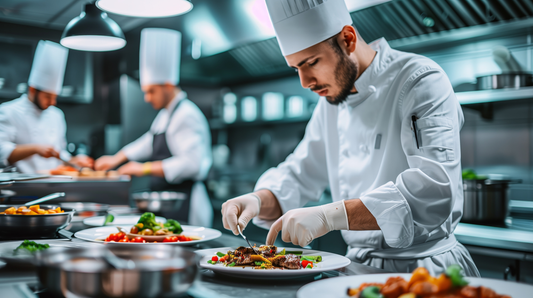Who Should Read This?
- Restaurant managers weighing up equipment costs before peak season
- Commercial kitchen owners looking to reduce downtime and maximise efficiency
- Procurement teams tasked with making cost-effective investment decisions
Why You Should Read This
- To understand when repair is the smarter option vs when replacement saves money long-term
- To learn how the latest catering equipment can reduce operating costs
- To gain insights into choosing the right upgrades for a modern commercial kitchen
What You’ll Learn
- How to spot the signs your catering equipment needs replacing
- The financial and operational advantages of upgrading key appliances
- Which essential pieces of equipment can deliver the highest return on investment
Repair or Replace? The Balancing Act
Every restaurant and catering business faces the same challenge: deciding whether to repair or upgrade essential equipment. While repairs may seem cheaper in the short term, ongoing breakdowns, inefficiency, and higher running costs can eat into profits.
UK hospitality businesses, especially during busy seasons, cannot afford extended downtime. A broken oven or unreliable dishwasher can halt service and damage customer confidence. This makes proactive investment decisions critical.
When Repairs Make Sense
Repairs are usually the best option when:
- The equipment is still within warranty
- The repair costs are less than 30% of the replacement cost
- The equipment is not heavily used daily and can continue to serve as a backup
For example, a Contender Undercounter Dishwasher might only need minor repairs to keep it operational. If it’s still relatively new and reliable, repairing it could make more sense than a full replacement.
When Upgrading is the Smarter Move
Upgrading becomes more cost-effective when:
- Breakdowns are frequent, causing downtime during service
- Energy consumption is driving up bills
- Your kitchen is expanding or changing its menu, requiring more capacity
Take a Contender Heavy Duty 4 Burner Gas Range Cooker: if your existing range is struggling to keep up with demand, upgrading to a heavy-duty model provides the durability and output needed for high-volume cooking. Similarly, modern fryers such as the Quattro Floor Standing 2 x 12 Litre Twin Tank Electric Fryer offer better temperature control and faster recovery times, saving both energy and oil in the long run.
H2 Pizza Ovens: A Case Study in Investment
Pizza ovens are an excellent example of how the decision between repair and replacement can impact profits.
- A basic model like the Contender Basic 2-40 Twin Deck Electric Pizza Oven might serve well in a small café or pub setting.
- For busier operations, investing in the Contender Twin Deck Single Phase Pizza Oven – 8 x 13" ensures greater output and reliability.
- For high-volume kitchens, stepping up to the KINN 20" Belt Electric Conveyor Pizza Oven C/50 With Free Stand – Single Phase Electric can transform operations by automating the cooking process, improving speed and consistency during peak service.
If your current oven regularly fails, upgrading could be the difference between lost sales and maximised efficiency.
The Hidden Cost of Delaying Replacement
Sticking with old, unreliable equipment often costs more in the long run:
- Higher energy bills due to inefficient technology
- Increased labour time when staff need to work around faulty kit
- Lost revenue from service interruptions
Upgrading equipment not only reduces these hidden costs but can also unlock new menu opportunities and improve overall customer satisfaction.
Key Takeaway: Think Long-Term
Deciding whether to repair or replace comes down to a simple calculation: will the new equipment save you more in efficiency, reliability, and customer satisfaction than sticking with the old?
For most UK hospitality businesses, investing in durable, high-output equipment like the Contender Heavy Duty 4 Burner Gas Range Cooker, the Quattro Twin Tank Fryer, or a reliable pizza oven upgrade pays dividends in the long run.
👉 Visit our website: www.ecatering.co.uk
📞 Call us today: 0333 358 3678
📩 Email us: sales@ecatering.co.uk


